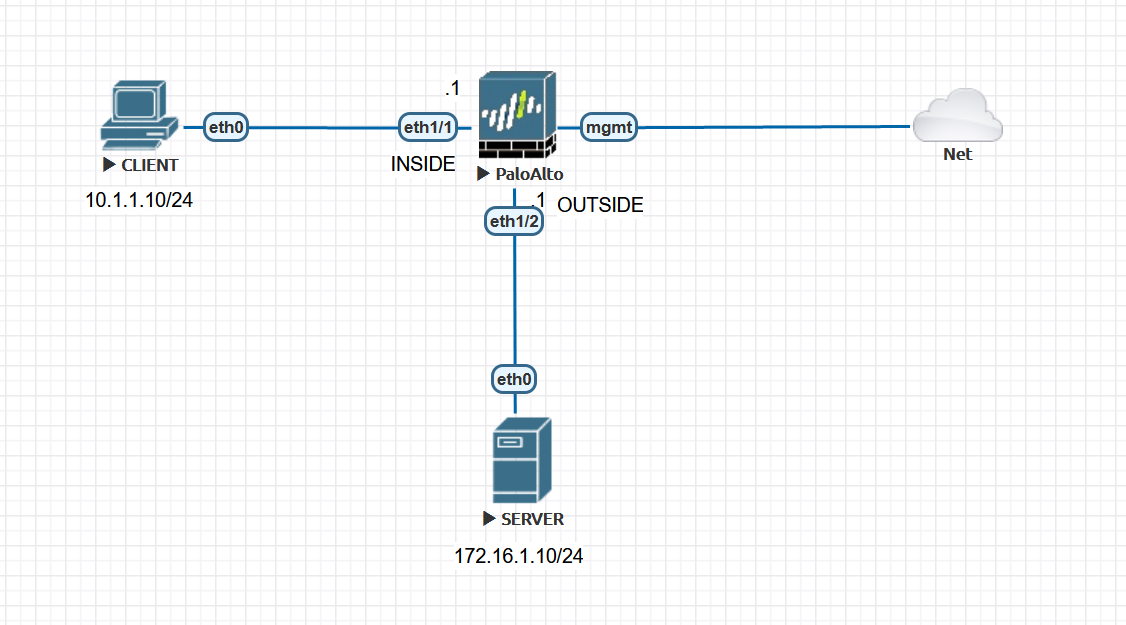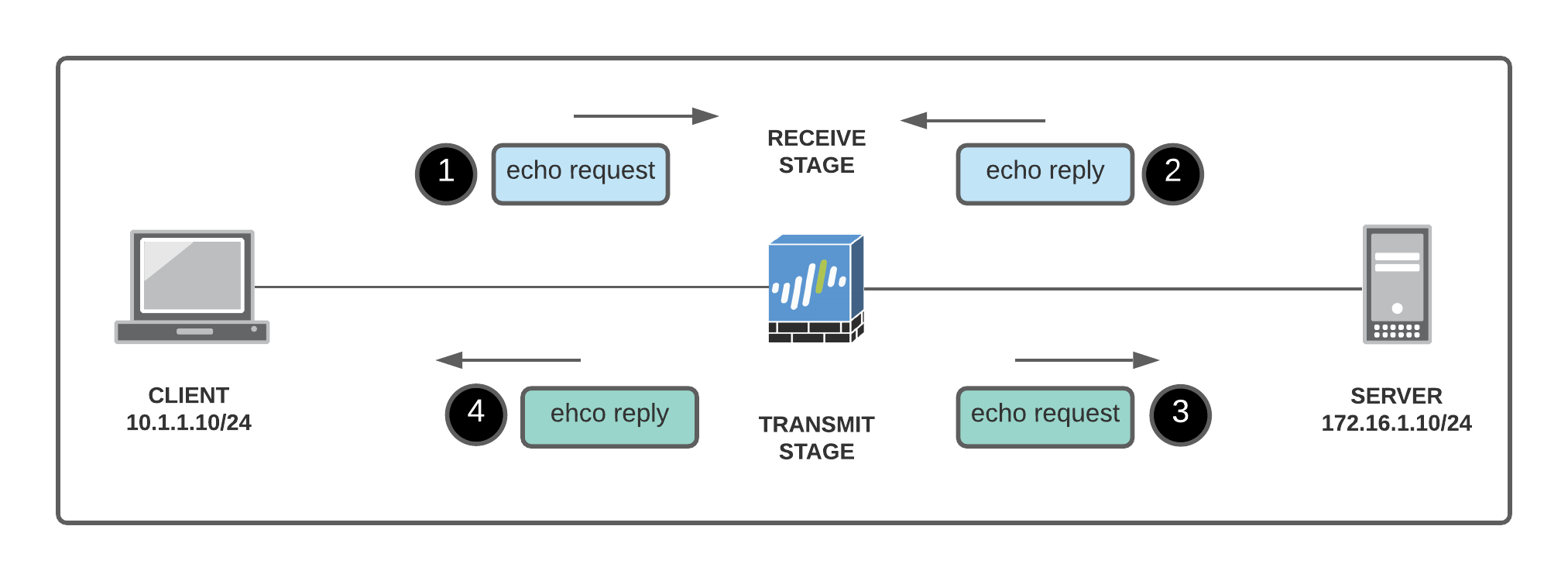netlab 1.8.4: vrnetlab Containers, Catalyst 8000v
I don’t think I ever created two netlab releases in a week, but last week, I stumbled upon a motherlode of goodies, and it would be a shame not to make them available.
Someone tried to use netlab with vrnetlab containers for CSR 1000v and Nexus 9300v. We got it to work, but when I started integrating his changes into the development branch, I wanted to test them, so I installed vrnetlab to create my own container images. vrnetlab is an excellent tool, and building containers is a breeze (running them is a different story), so I added support for vrnetlab containers for every device supported by that tool and netlab for which I happened to have a disk image.












